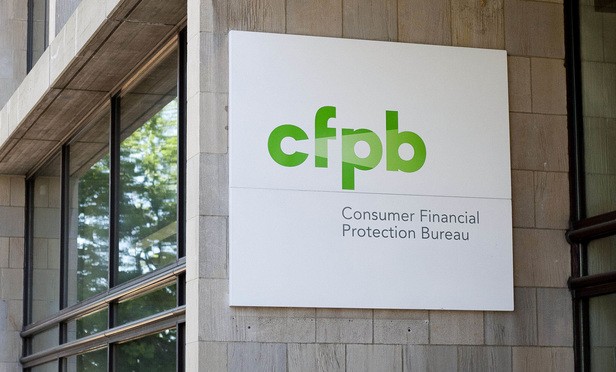Note: This blog is the first in a three-part series exploring the Consumer Finance Protection Bureau’s 2015 Fair Lending Report.
Earlier this month the Consumer Finance Protection Bureau released its annual report of supervisory and enforcement action.
The 2015 report includes insights into a number of high-profile actions the Bureau took last year – several of which you might already be familiar with if you’ve been following Preiss&Associates’ fair lending blog.
This comprehensive look at the CFPB’s activity in the last year is helpful to fair lending professionals as it lays out not only the actions the Bureau took but the methodologies and processes by which it took them.
In 2015, institutions were required to spend $108 million in remediation after the CFPB found evidence of discriminatory lending practices. The report offers valuable insight into how institutions can avoid becoming a part of that number in subsequent years.
Areas of emphasis
It should be no surprise to those who have been following enforcement trends that in addition to mortgage lending (which the CFPB cites as a continued key priority in the report), in recent years the Bureau has placed additional emphasis on other products that fall under the jurisdiction of the Equal Credit Opportunity Act.
The 2015 report identified four key areas of enforcement:
Mortgage lending: In 2015, the Bureau resolved two public enforcement actions regarding mortgages. The report states that redlining, underwriting and pricing were a continued emphasis in 2015.
Indirect auto lending: In the past year, indirect auto lending examinations took place in three areas: credit approvals and denials, interest rates quoted to dealers (“buy rates”) and discretionary markups or adjustments.
Credit cards: According to the report, credit card enforcement in 2015 included particular emphasis on the quality of fair lending compliance management systems as well as risks in underwriting, line assignment and servicing and particular emphasis on the treatment of Spanish-speaking applicants.
Other products: Enforcement work was also targeted in other areas of the Equal Credit Opportunity Act in much the same way as credit cards with focus on compliance management systems and fair lending risks.
A data-driven approach
In addition to providing a wealth of information about cases the CFPB pursued last year, a large portion of the 2015 report is dedicated to explaining the approach the Bureau takes to identifying the lenders it investigates.
The CFPB calls their methodology a “data-driven approach.” Data is key in ensuring your institution stays out of the CFPB’s crosshairs. Monitoring your own institution’s data is the best way to ensure your institution is in compliance. In fact, a lack of a monitoring program is one of the criteria the CFPB uses when scrutinizing an institution.
Here are five ways the report says the CFPB might identify activity it considers to be of concern:
Complaints and tips: One of the most significant ways an institution might come under CFPB scrutiny is via a complaint from the bureau’s Office of Consumer Response or by tips from “advocacy groups, whistleblowers, and other government agencies.” Many of the settlements signed in 2015 cited complaints as a method by which the institution’s activities were identified.
Supervisory and enforcement history: The Bureau also considers information it gathers from prior fair lending investigations or enforcement. For instance, if an institution has previously self-identified an issue it would work to remedy, the CFPB may follow-up on or closely monitor that work.
Quality of compliance management systems: According to the report, “the lower the quality of an institution’s fair lending compliance management system, the less likely that the institution will identify and effectively address fair lending risks.” The Bureau says that a low quality monitoring system indicates a risk to potential customers.
Data analysis: The CFPB also uses data analysis of trends at “the institution and market levels” to determine enforcement priorities. HMDA data can clue the bureau into the level of risk an institution poses in a particular market.
Market insights: The CFPB also works with “markets offices” that monitor consumer financial products and services such as mortgages, credit cards, auto loans, student lending, payday lending and other products.
What does this mean?
Though these many avenues of increased scrutiny can be challenging for lenders, understanding the ways fair lending discrepancies are identified can help your institution focus its monitoring efforts.
It’s helpful to know that even the CFPB is stressing the importance of compliance monitoring – meaning monitoring your data can not only keep you in compliance, but that it will be a good sign to regulators that your institution is taking the measures necessary to comply with fair lending regulations.
If you have questions as to how you can best implement a thorough monitoring program, you can contact us here. We’d love to talk.
